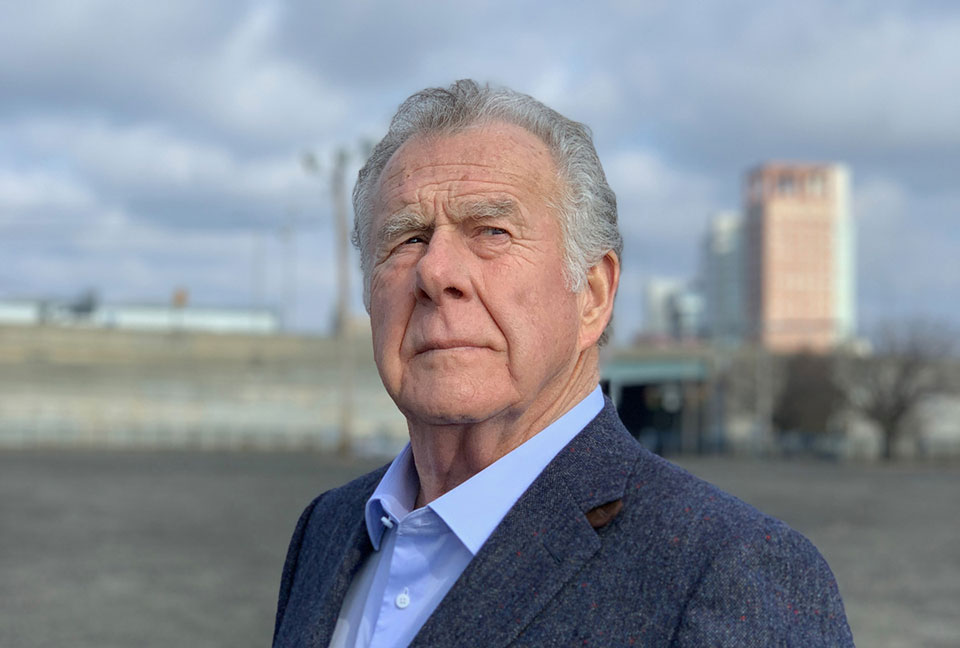LOGICAL THINKING

Although human thought is often based on emotion, the ability to use reason is often considered one of the characteristics of being human. When we reason, we apply logic to determine if B follows A. Logical thinking – that is, checking the components of an argument or discussion, and making connections between them – is the strategy called “reasoning.”
In the process of reasoning there are four major steps involved:
- Asking questions
- Organizing the data
- Evaluating the information
- Drawing conclusions
A logical thinker should ask many questions rather than immediately jumping to conclusions. Because some people may take offense to being asked questions if they feel they are doubted or being cross-examined, it is important to ask questions in the right way.
A logical thinker’s first question should be, “What are the premises of this argument?” If we are confused about the premise of what we are hearing or reading, we might make mistakes further along in the reasoning process.
As part of understanding the premise, we should ask, “Is any information missing?” No real conclusion can be made if key points in an argument are withheld.
In the logical thinking paradigm, syllogism means using two or more premises to derive a valid conclusion.
Once we have mastered this first step of asking the right questions, we find ourselves with answers – that is, feedback or data. We organize the data, which is the second step in the logical thinking process. This gathering of data to lead to a hypothesis is called inductive reasoning, as opposed to using prior knowledge to reach a logically certain conclusion, which is called deductive reasoning.
Organizing the information means making connections. That is done by breaking down the data into manageable pieces. We can use linear ordering to infer orderly relationships in data. It is often helpful to diagram the premise and all the data, which makes it visual.
In real life, as in a casual conversation, for instance, this visualization should be practiced until it becomes a natural skill.
When using observation to make hypotheses and draw evidence, the logical thinker should be sure not to draw more conclusions than what is implied – that is, we must avoid the tendency to interpret more than what the sender suggests. We must make decisions based only on what the data says.
Once organized, we evaluate the data to distinguish if a statement is a fact or a value. The logical thinker must determine whether or not the information is valid. People often have trouble separating what is valid from what is true because of ingrained beliefs, which we all have. Belief bias occurs when our individual belief system interferes with our ability to think logically.
Also, we must be careful to identify our underlying assumptions or we risk the confirmation of biases, which is the tendency to use information to support our existing positions. This bias prevents us from making a solid decision.
Finally, when the data has been collected, organized, and evaluated, we can draw conclusions. Probability can help us determine if a conclusion is probable or if it is untrue. Using if-then statements, or contingency statements, can help: “If that is true, then the consequence will also be true.”
As a real-life example, consider the topic of vaccination. When listening to an argument for or against a policy of vaccination, we ask, “Who do I believe and who do I not believe when it comes to the safety and efficacy of vaccines – the medical expert or the fringe crusader?” “Do I have all the information – what are the statistics involved?” “Have I been given flawed data – who provided the statistics? Who did the research?” “Do I have a preexisting bias about this topic or am I being appropriately open to the facts?”
This is a critical time in our history to use reason. We should put logical thinking to good use.
CRITICAL THINKING SERIES: In this brand-new series of columns, CEO and bestselling author Dr. Jim White presents a look at how critical thinking can lead directly to achieving greater success in the business world and beyond. Part One introduces the components of critical thought.
Add CEOWORLD magazine to your Google News feed.
Follow CEOWORLD magazine headlines on: Google News, LinkedIn, Twitter, and Facebook.
Copyright 2024 The CEOWORLD magazine. All rights reserved. This material (and any extract from it) must not be copied, redistributed or placed on any website, without CEOWORLD magazine' prior written consent. For media queries, please contact: info@ceoworld.biz








